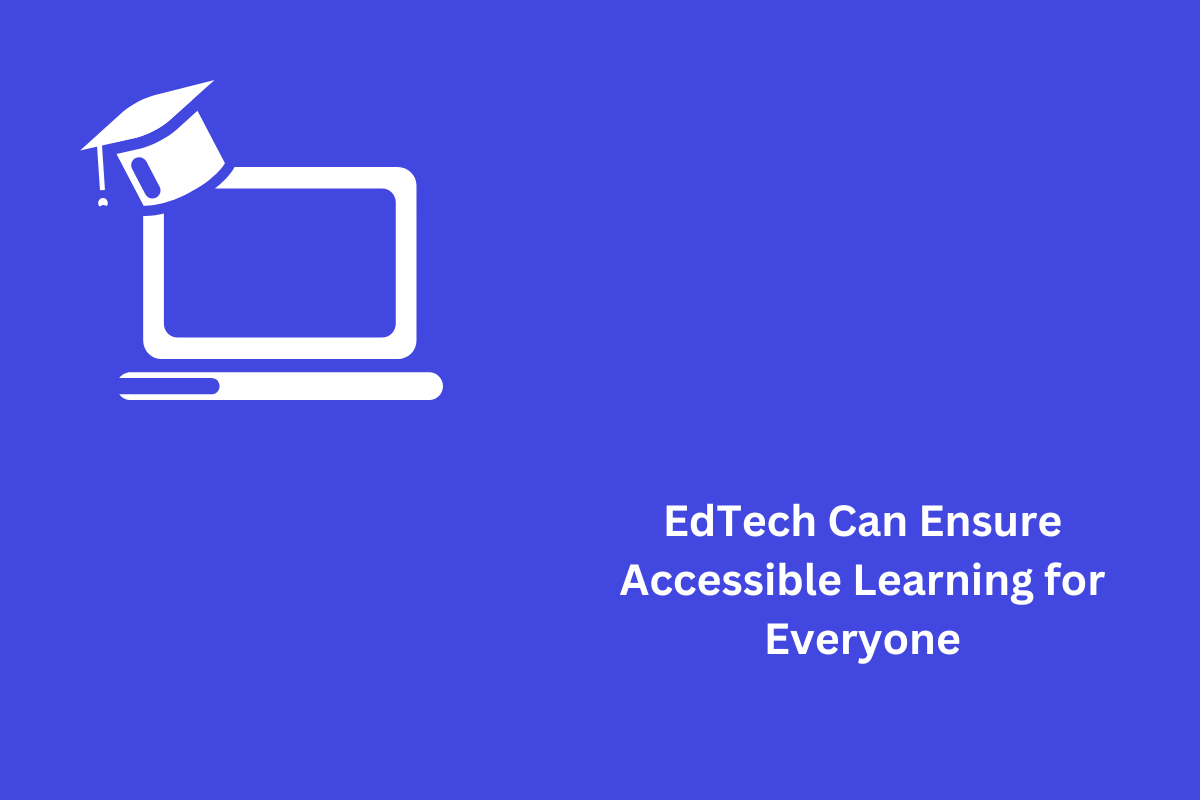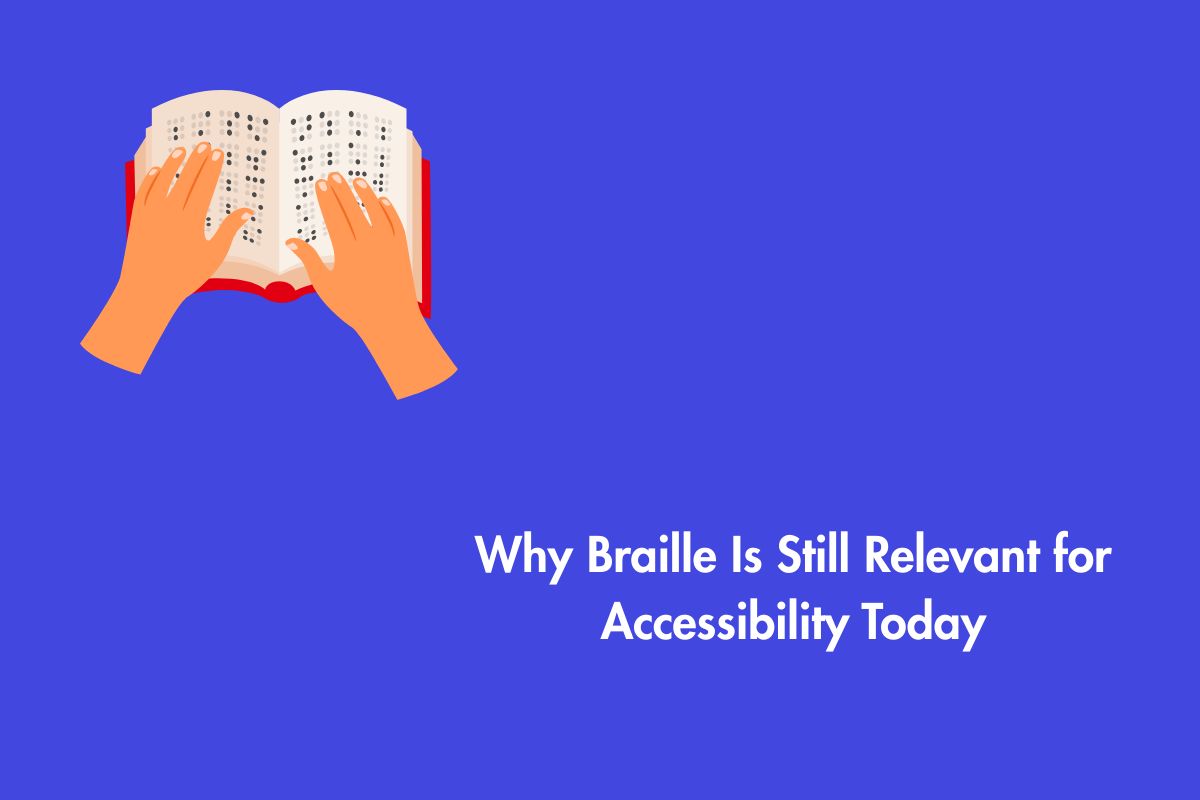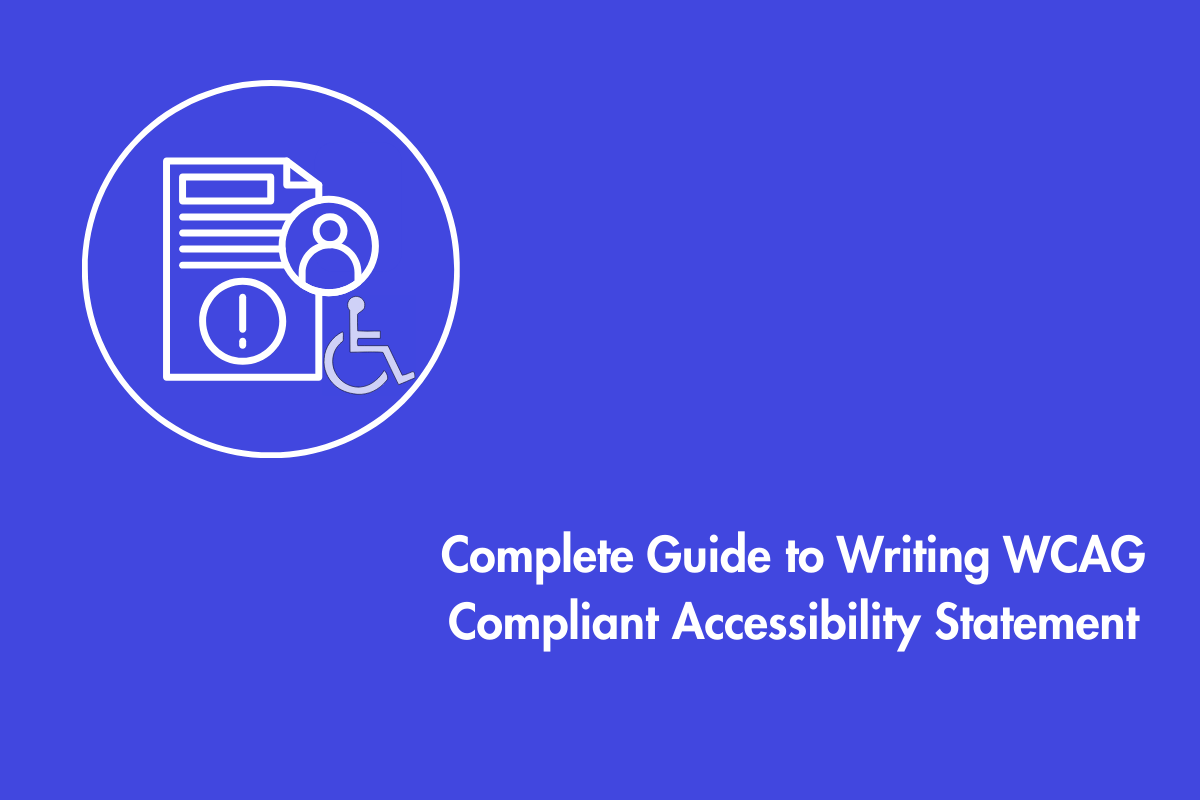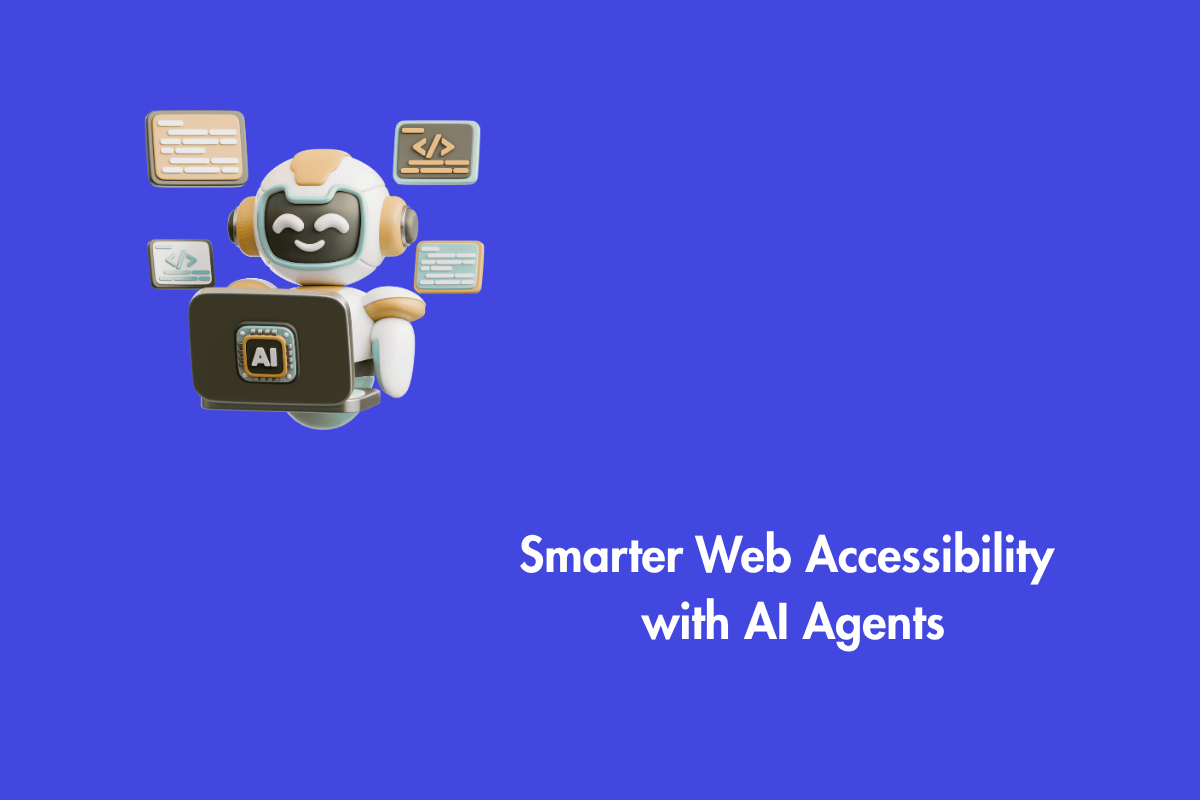The digital revolution has reshaped every industry, and education is no exception. As technology becomes increasingly integral to learning, EdTech companies must ensure they are advancing with inclusivity at the forefront. No student should be excluded or disadvantaged by digital barriers due to a disability or impairment. Education is a powerful tool for empowerment and personal growth, and when access is limited, it not only hinders individual potential but also slows progress for future generations. In this blog, we will explore how EdTech companies can proactively create, foster, and engage in an inclusive environment that ensures every student has equitable access to digital information.
Table of Contents
- 1 Understanding Accessibility in Education and EdTech
- 2 7 Actionable Strategies for EdTech Companies to Enhance Accessibility
- 2.1 1. Embrace Universal Design for Learning (UDL) from the Outset
- 2.2 2. Prioritize Keyboard Accessibility and Navigability
- 2.3 3. Comprehensive Support for Screen Readers and Assistive Technologies
- 2.4 4. Provide Alternatives for Multimedia Content
- 2.5 5. Ensure Clear and Readable Content
- 2.6 6. Conduct Thorough Accessibility Testing with Real Users
- 2.7 7. Foster an Internal Culture of Accessibility
- 3 The Benefits of Prioritizing Accessibility
Understanding Accessibility in Education and EdTech
Accessibility in education means creating learning environments, materials, and activities that are inclusive and usable by all students, regardless of their physical, sensory, cognitive, or learning differences. In educational technology (EdTech), this involves designing digital tools that are perceivable, operable, understandable, and robust, aligning with established accessibility standards like WCAG 2.1.
Legal frameworks such as the ADA and Section 504 of the Rehabilitation Act, alongside standards like WCAG 2.1, require both educational institutions and EdTech developers to prioritize accessibility. By meeting these standards, EdTech companies can help remove barriers, enhance engagement, and foster academic success for all students.
7 Actionable Strategies for EdTech Companies to Enhance Accessibility
Improving accessibility in EdTech demands a comprehensive, system-wide approach that touches every phase of the product lifecycle—from ideation and design to testing and deployment. It’s not only about meeting compliance standards; it’s about creating inclusive, empowering educational experiences for all learners. Here are key strategies EdTech companies can implement:
1. Embrace Universal Design for Learning (UDL) from the Outset
Adopt UDL principles from the start to accommodate diverse learning styles and sensory needs. UDL directs materials and design of learning spaces for inclusion and adaptability. Here is a framework for Universal Design for Learning.
Follow the principle of 3 “M”:
- Multiple Means of Representation: Use different ways to show information so that it meets different sensory requirements and learning styles.
- Multiple Means of Action & Expression: Provide students with many ways to deliver knowledge and engage with the content.
- Lastly, Multiple Means of Engagement: Accommodate personal preferences, background, and emotional requirements of every student to inspire interest and drive for learning.
Customizable interfaces that are made possible by UDL concepts let users alter text size, color contrasts, and navigation paths. By simplifying information design, they concentrate on the regulation of cognitive load. UDL enhances usability and supports variety, therefore enabling goods to be more easily available and efficient for a larger spectrum of EdTech companies.
2. Prioritize Keyboard Accessibility and Navigability
Design interfaces that support full keyboard operability for students with motor impairments.
- Ensure logical tabbing order for users to navigate interactive elements.
- Highlight elements with keyboard focus for users who are unable to use a mouse.
- Provide keyboard shortcuts for common actions to support power users who have difficulty using a mouse.
- Document accessibility policies and VPATs for trust building with institutions.
- Use tools like WAVE for code-level checks and expert reviews to assess experiential barriers.
3. Comprehensive Support for Screen Readers and Assistive Technologies
- Specify the structure and intent of content, use appropriate HTML5 semantic elements (For example, <main>, <button>, etc.) For screen readers, this offers context.
- Provide concise alt text for all images and ensure that an empty alt attribute is provided for decorative images.
- Provide ARIA attributes for dynamic content and complex controls.
- Ensure clear, programmatically associated labels for form fields.
- Ensure content is fully navigable by screen readers and other assistive tools.
4. Provide Alternatives for Multimedia Content
- Captions are essential for students with hearing impairments, those learning a new language or who are non-native speakers, and individuals with situational impairments such as being in noisy environments. Make sure that captions are synchronised, have good readability, and are accurate.
- Full-text transcripts must accompany all audio and video materials so one may read at their speed.
- For movies containing important visual information, audio descriptions must convey key visual elements that the primary audio does not communicate.
These support not only students with sensory impairments but also those in non-ideal learning environments.
5. Ensure Clear and Readable Content
- Provide adequate color contrast to support users with color blindness or low vision.
- Offer resizable text and allow users to tweak it to their desired size.
- Maintain a clean, simple, and consistent layout throughout.
- Ensure that the content is clear and concise with an option for users to access definitions of complex words.
- Using headers, subheads, and breaks, break big blocks of content into smaller chunks.
6. Conduct Thorough Accessibility Testing with Real Users
- Involve Users with Disabilities in Design and Testing, as they can identify real-world obstacles through their initial experiences and comments.
- Regular audits by professionals in accessibility help to find and solve developing problems.
- Test EdTech products under typical screen readers, screen magnifiers, and other assistive aids.
- Testing User Experience (UX) Participants with visual, auditory, motor, and cognitive variations can help you to find practical obstacles.
- Verify assistive technology (AT) compatibility to make sure you can use switch devices, screen readers, etc.
- Track obstacles using surveys and analytics
7. Foster an Internal Culture of Accessibility
- Implementing Accessibility Champions: Empowering individuals within teams to advocate for accessibility best practices.
- Integrating Accessibility into Workflows: Including accessibility checks in every stage of the product development lifecycle.
- Cross-Industry Partnerships: Collaborating with organizations like the African Union or CAST to align with global inclusivity goals.
- Educator Training: Providing resources for teachers to implement accessibility features effectively.
- Procurement Advocacy: Encouraging institutions to prioritize accessibility in RFPs (Requests for Proposals).
EdTech companies should work on adapting to the ever-evolving accessibility landscape. The advent of Artificial Intelligence (AI) helps you leverage features such as AI-powered captioning, automation features, and much more. One can also train AI models on diverse datasets to prevent marginalizing underrepresented populations. Furthermore, EdTech companies need to stay informed about new Assistive Technologies and how they interact with digital content. This is possible by engaging and fostering an accessibility community to create the best inclusive environment for all students.
The Benefits of Prioritizing Accessibility
Accessibility in educational technology (EdTech) is not just about compliance; it’s a strategic advantage. By designing products and platforms that are inclusive and accessible, companies can unlock broader markets, improve user experiences, and foster innovation. The following points highlight the key benefits of prioritizing accessibility in EdTech and beyond.
- Broader Market Reach: Accessible products attract a wider audience, including students with disabilities, thereby expanding user bases and strengthening market position.
- Enhanced Usability for All: Accessibility features improve the overall user experience, benefiting not only students with impairments but all learners by creating a more intuitive and effective learning environment.
- Stronger Brand Loyalty: Inclusive and accessible companies are seen as socially responsible, fostering greater trust and long-term loyalty among users and stakeholders.
- Risk Reduction: Proactively addressing accessibility helps prevent costly legal issues and ensures compliance with regulations, reducing the risk of lawsuits and reputational damage.
- Innovation Driver: Designing with accessibility in mind often leads to creative solutions and fresh design perspectives, fueling innovation across product development.
- Improved Learning Outcomes: Accessible EdTech ensures equal opportunities for all students, leading to more equitable and improved educational results.
Conclusion
Educators, institutions, legislators, and students have a shared responsibility for building an inclusive digital learning environment. To properly use easily available EdTech and assist different learners, educators must be trained. Institutions must prioritize accessibility in procurement choices and provide required tools. Policymakers must establish and enforce clear and consistent accessibility standards.
EdTech firms have to lead the way by embedding accessibility into their goods and services. Adopting Universal Design for Learning and actively involving people with disabilities would help eliminate barriers and unlock the transforming power of technology for every learner. Regular accessibility audits must be given top priority by EdTech leaders alongside advocating for supportive policy reforms and investing in user-centered design. Together, these efforts can help build an inclusive future where no student is left behind.



